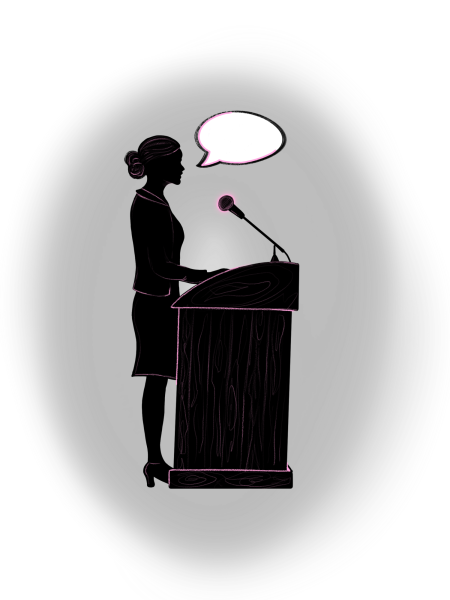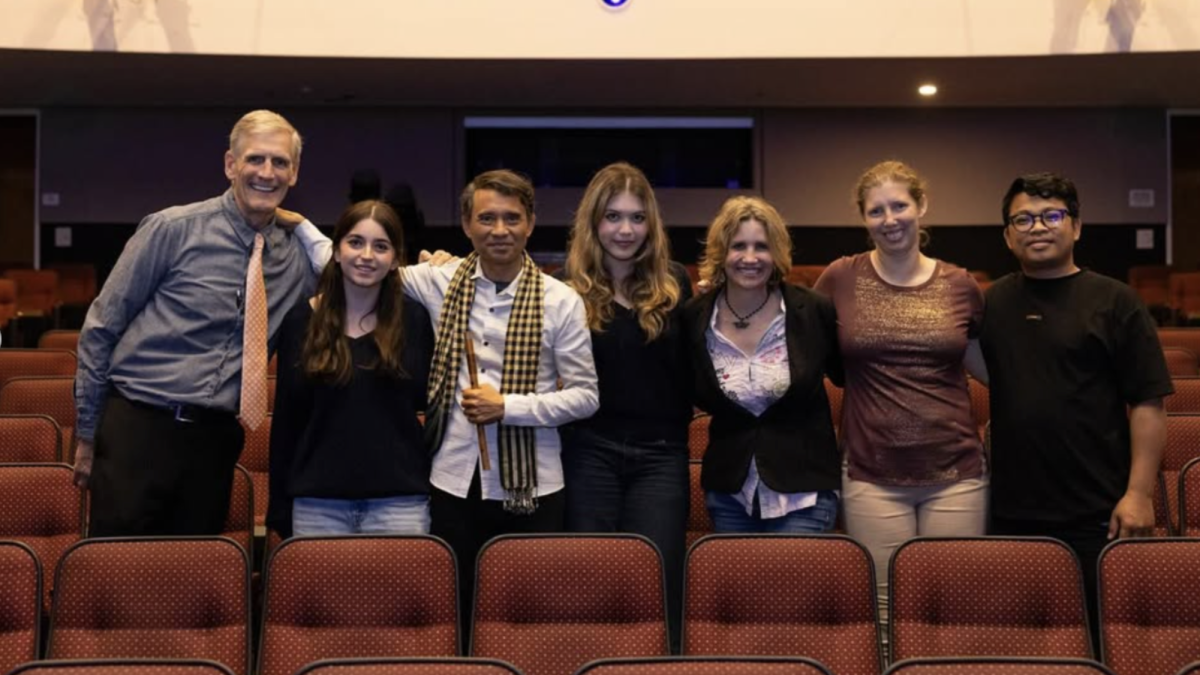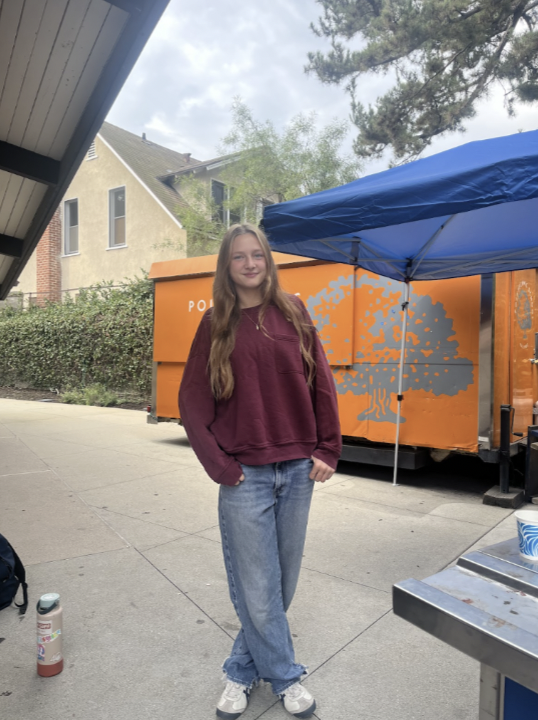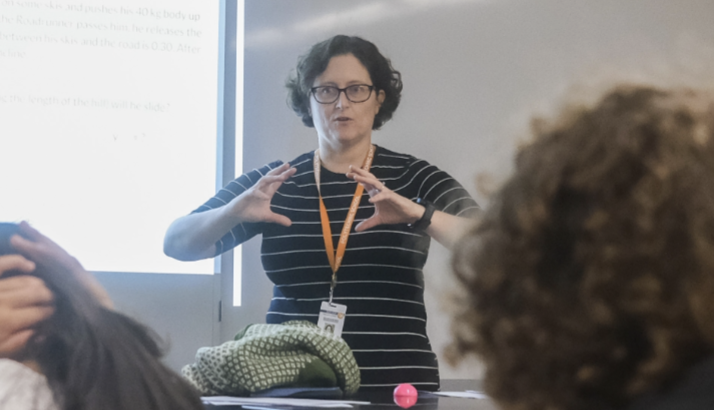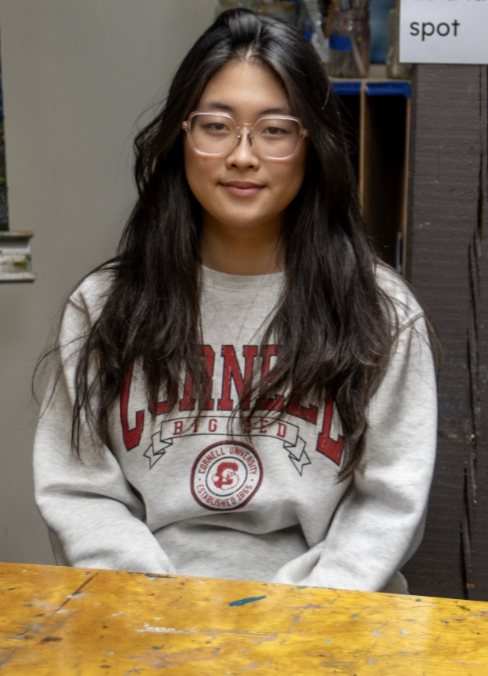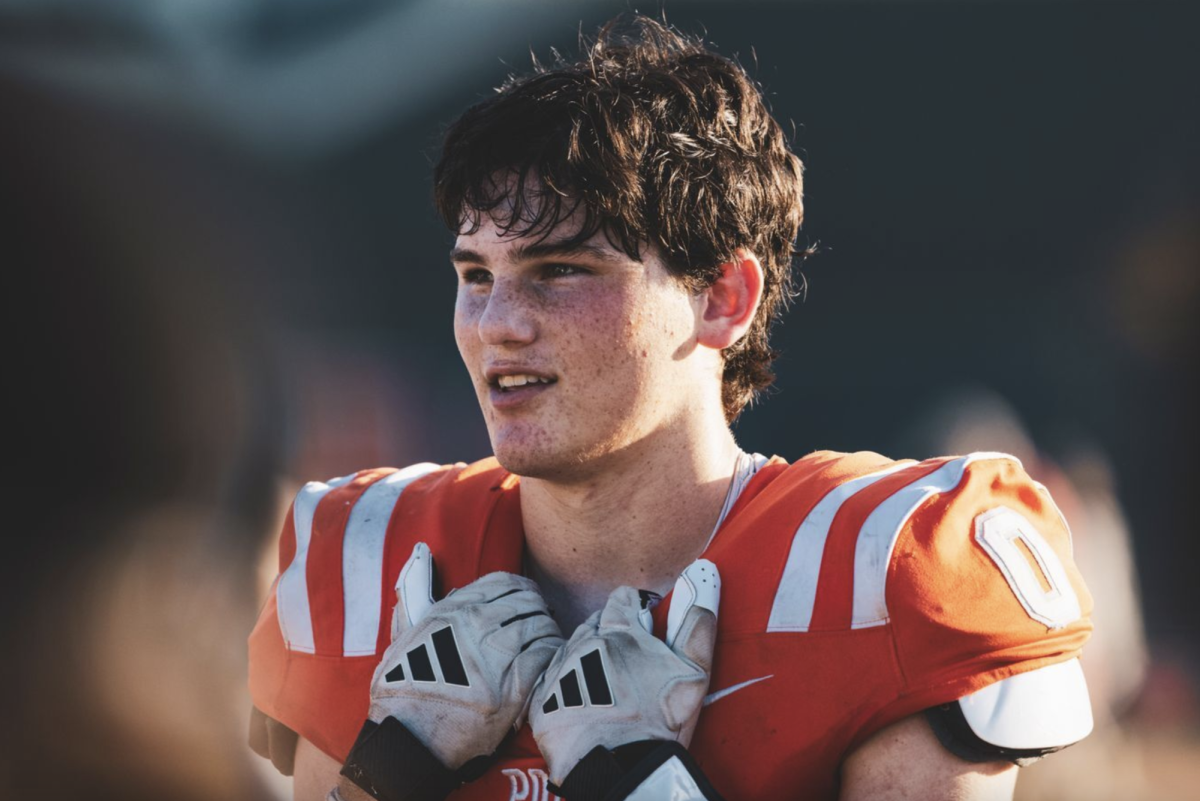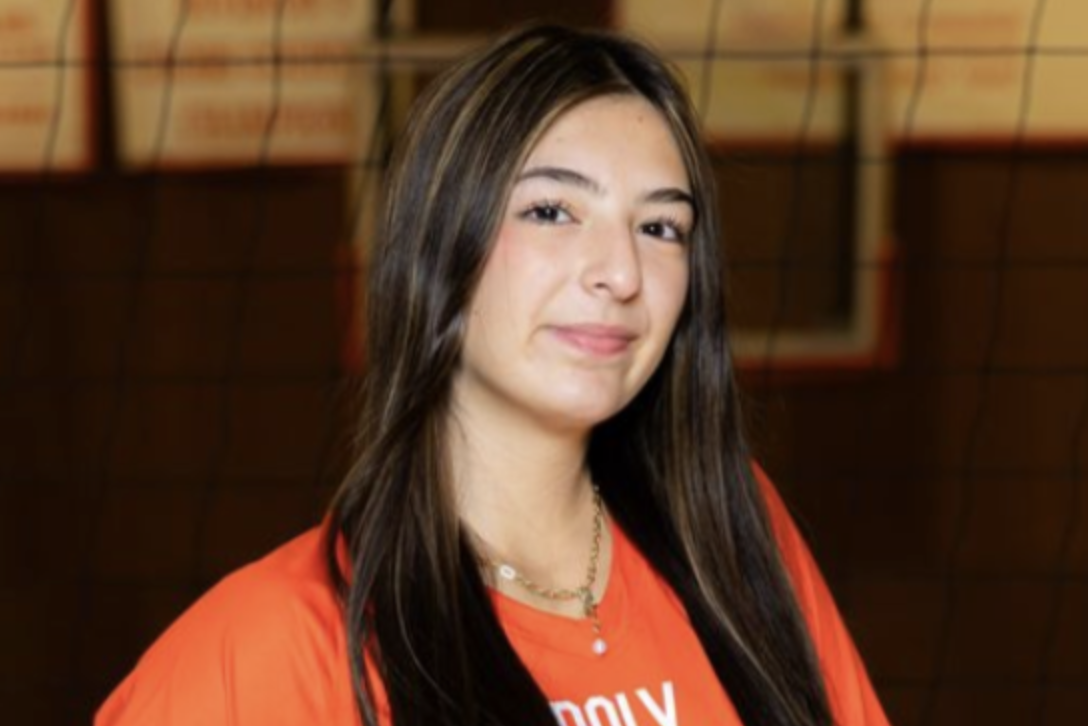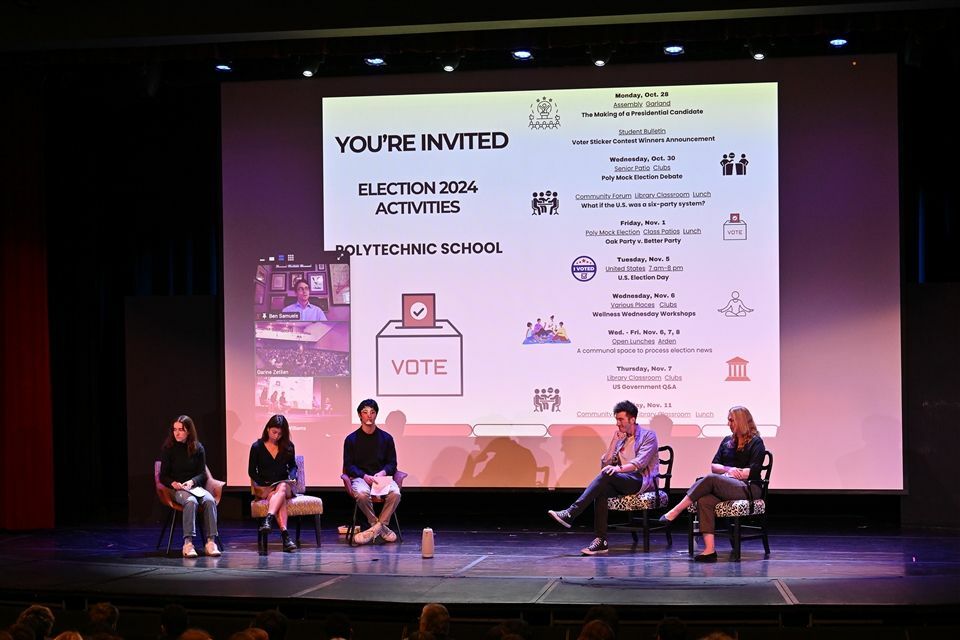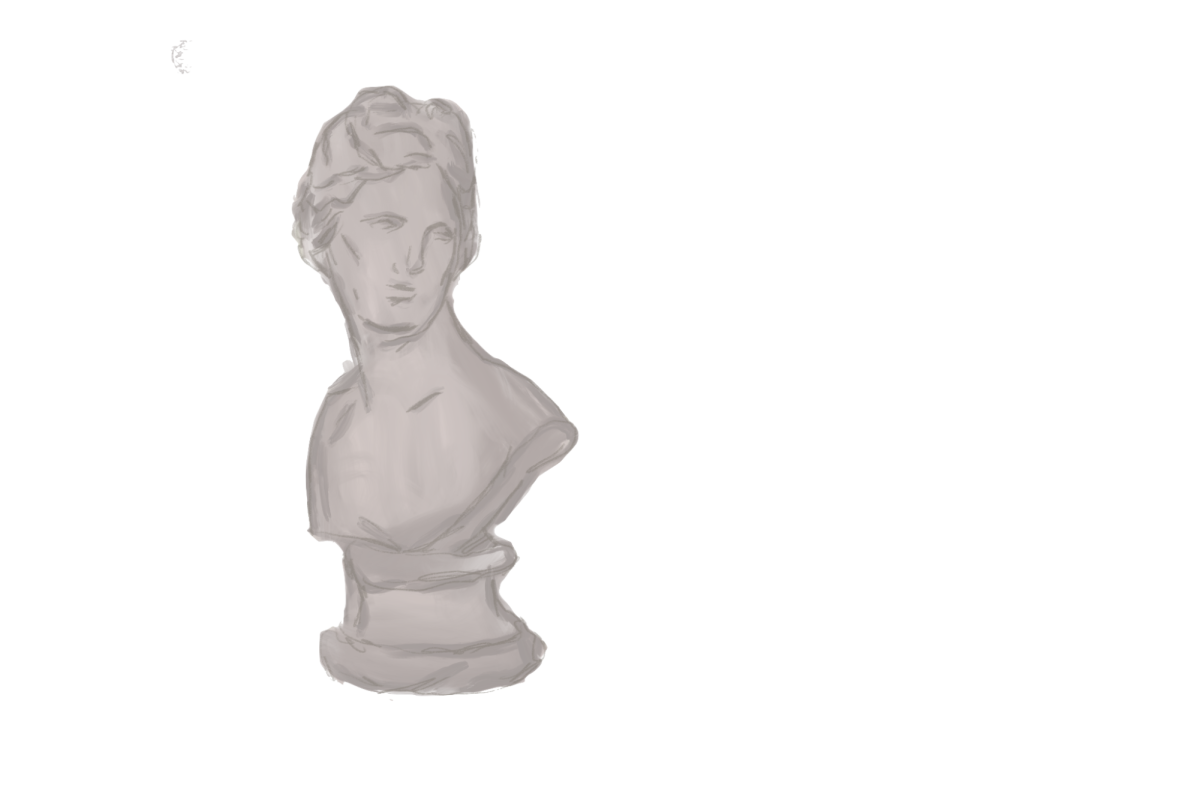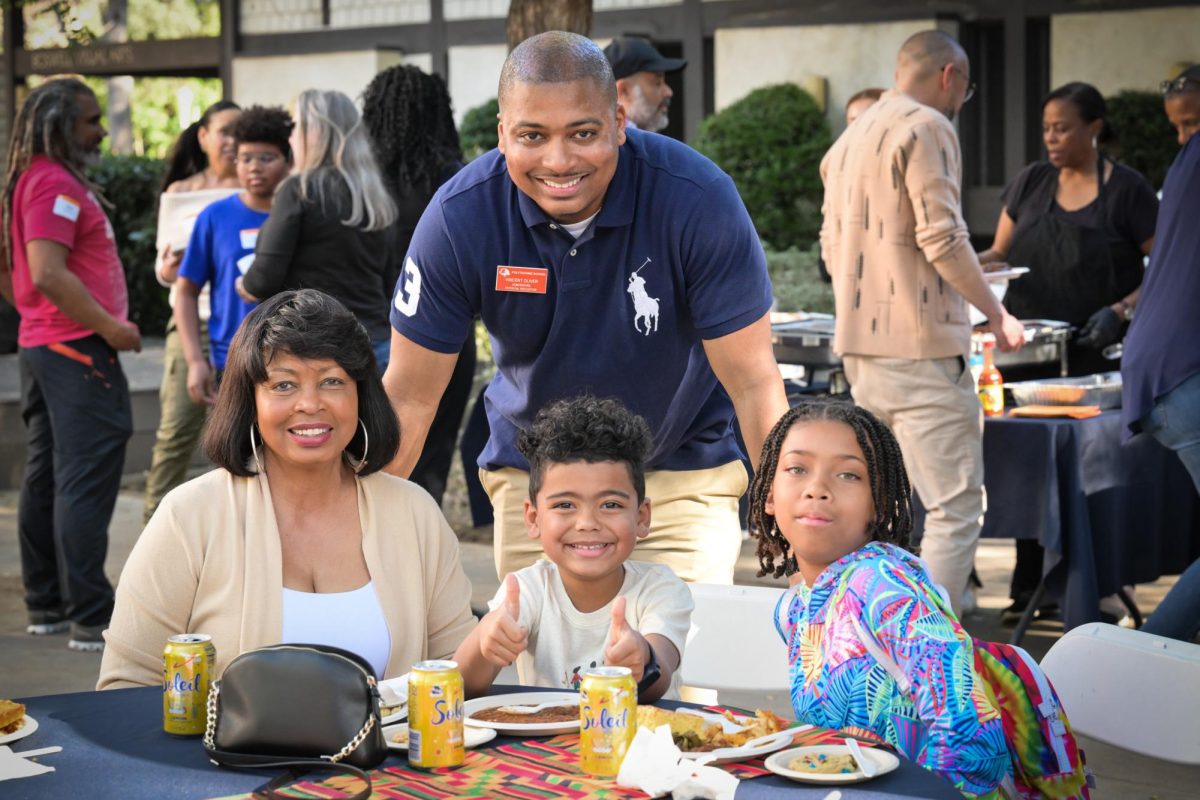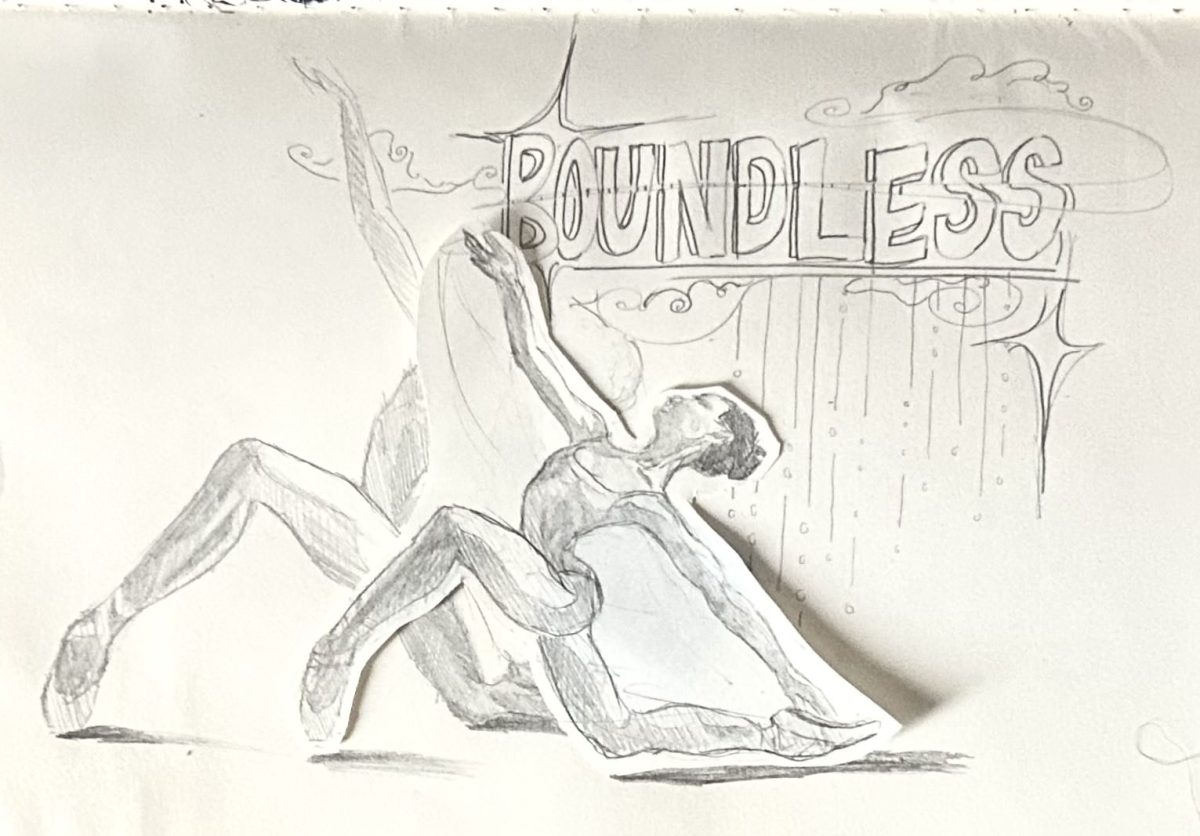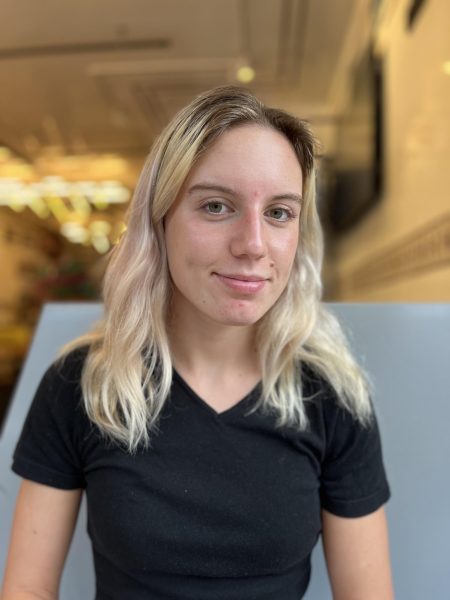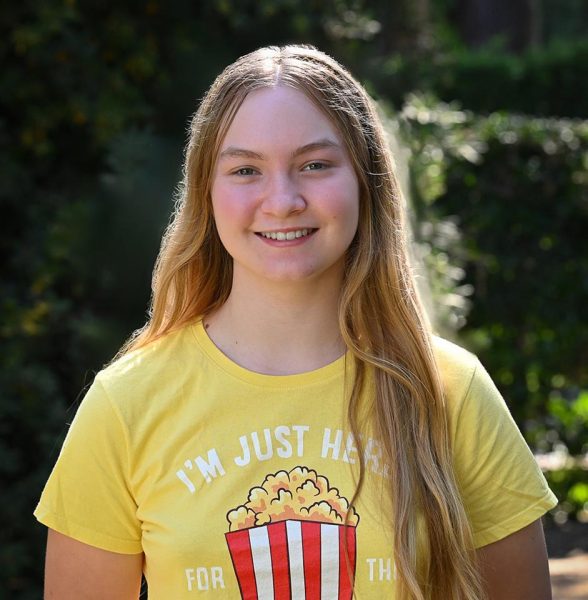“Inclusion” is an aspect of PolyHonor and it’s especially evident in Poly’s female leadership. Women leaders at Poly power the school’s administration and academic departments, balancing their male counterparts four to three at department chair meetings. With wisdom and compassion, they have a vision for the future that they hope to build through education and representation.
However, it hasn’t always been this way. Though the presence of female deans and faculty chairs might give the appearance of a long tradition of equality, some of these leaders are the first women in Poly’s history to hold their positions.
History Department Chair Kristen Osborne-Bartucca stated, “It’s pretty exciting to be the first female department chair of the History Department.” Osborne-Bartucca has held the position since 2021. She explained, “I find it a little disheartening that it took so long for the History Department to get a female chair.”
Part of the reason why there had never been a female chair until Osborne-Bartucca is an issue endemic to independent schools, including Poly: people who enter leadership positions tend to stay in them and, historically, that’s mostly men. To ensure that power is shared more frequently among diverse candidates, Osborne-Bartucca believes that Poly will move towards instituting term limits on positions like hers. “If you don’t have a mechanism for change, there isn’t change,” she said.
However, it’s important to recognize that this hasn’t been the case in every department. Thirteen years ago, Robin Barnes earned the position of Science Department Chair from her female predecessor, Jill Bush. “It has been totally fine to be in a department dominated by men, and I see my role as something very collaborative,” she affirmed.
Upper School Dean of Students Jen Cardillo has held her role for the past three years, but her two predecessors were male. When Cardillo applied for the position, the description of the job was different from the one that her male predecessors occupied. “It used to be more about discipline,” she said. Cardillo’s position still oversees discipline, but it now emphasizes looking at issues through a student’s lens, in close partnership with the other deans as well as Upper School Counselor Andrea Fleetham and Upper School Learning Specialist Maya Seneus.
According to Cardillo, these changes were part of Upper School Director José Melgoza’s re-envisioning of the role before her hire. “Mr. Melgoza and others had a vision for what this role would be,” she said. When the school made these intentional changes to the position, they hired Cardillo, a woman.
While newer women faculty leaders have worked to change the landscape of Poly’s academic leadership in a relatively short period of time, some trends seem systemic. Susan Babcock, who graduated from Poly in 1983 and is now the parent of two Upper School students, recollected that, throughout her time in the Poly community, the language departments have been led exclusively by women, but she explained, “Upper School Mathematics has never been led by a woman.”
As Babcock noted, there has been a historic gender divide within certain departments at Poly. These statements were echoed by current faculty like Osborne-Bartucca and Olivier Harménil, who teaches French in the Upper School World Languages Department. Harménil is new to Poly this school year, but his experience with the gender divide within his department is not. At Poly and at other schools Harménil has taught at, he has been the only man or one of just a few working in the World Languages Department. At Poly and at his prior institutions, Harménil has assumed the role of a previous male French teacher. “It’s been a good experience. However, I do wonder, ‘Why am I the only one?’” he asked.
While the World Languages Department has been predominantly female, the Mathematics Department has been mostly male. Upper School Mathematics teacher Amber Bocquin, who is one of three female teachers in the department, said “I’m very used to working with male leadership, that is just my reality for most of my career.”
Bocquin has great respect for the Mathematics Department Chairs she has worked with, Jack Prater and Barry Vargo. However, she also sees the potential for a future female Math Department chair as an inspiring prospect. “What would be exciting for me would be more so for the students: that they would see another example of a woman in leadership, specifically in a STEM position. That regardless of gender, people are able to work together,” she said.
Teachers and department chairs underscored Bocquin’s sentiment that seeing women in school leadership is important for everyone. For Osborne-Bartucca, teaching American history while holding the position of History Department Chair is about bringing the stories of female leaders to all of her students while providing necessary representation for the next generation.
“Humanities are traditionally places for women, but there is still reluctance among some young women to fully speak their minds,” she explained. “Being a female teacher and department leader is a good example for the young women at the school and for my young daughter as well,” Osborne-Bartucca said.
Life Editors Piper Hart and Simon Zernicki-Glover and Assistant Life Editor Ginny Cheung contributed reporting.
